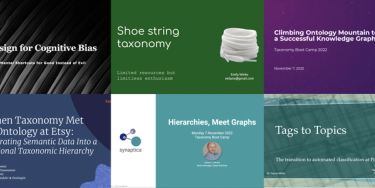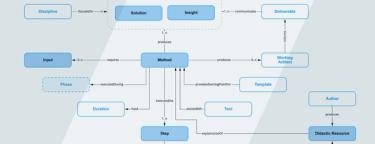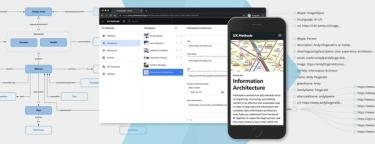The Informed Life: Structured Content

In this episode of "The Informed Life," Jorge Arango and I discuss the role of structured content in making complex ideas clear online. Topics include the transition from traditional web pages to a data-centric web design, the role of information architecture in making complex information systems accessible and intelligible to both humans and machines, and the challenges and opportunities in using semantically sound structured content to enhance digital information's usability and accessibility.







